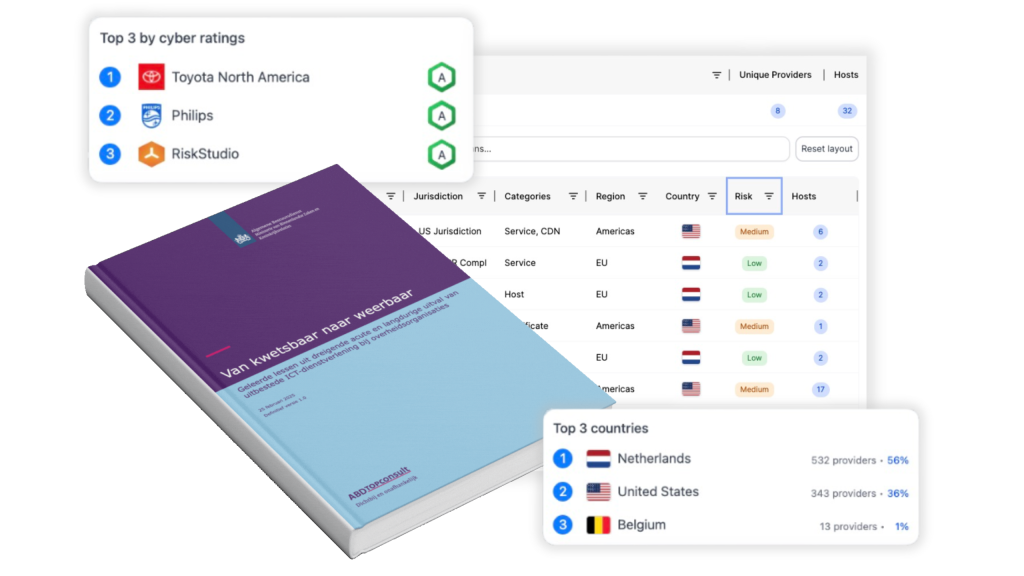NIST (National Institute of Standards and Technology) is a U.S. government agency that develops technical standards and guidelines, including widely adopted cybersecurity frameworks. NIST is best known for the Cybersecurity Framework (CSF) and its publications on risk management, information security, and supply chain resilience. These standards are used globally — not just in the U.S. — to strengthen digital defenses.
What does NIST do in cybersecurity?
NIST publishes models, guidelines, and best practices to help organizations manage cyber threats effectively. Its most well-known publication is the NIST Cybersecurity Framework, which consists of five core functions:
- Identify – understanding systems, assets, and risks;
- Protect – implementing appropriate safeguards;
- Detect – identifying cybersecurity events in time;
- Respond – taking effective action against incidents;
- Recover – restoring services and learning from attacks.
NIST also publishes documents like SP 800-53 (security controls) and SP 800-161 (supply chain risk management). Many European frameworks — such as ISO 27001, NIS2, or the Dutch BIO — are aligned with NIST in structure and approach.
Why is NIST relevant?
NIST provides science-based, practical guidance for cybersecurity professionals, IT managers, and compliance teams. Its publications are:
- Freely available and vendor-neutral;
- Modular and scalable;
- Applicable across sectors and geographies.
NIST is not limited to U.S. organizations — it is a globally respected foundation for maturing cybersecurity programs.
NIST and RiskStudio
RiskStudio supports organizations in applying NIST principles to their digital supply chain. The platform shows how suppliers align with NIST best practices — for example, in terms of detection, incident response, and risk management. You can also map risks to NIST domains, helping prioritize actions more effectively. With RiskStudio, NIST becomes actionable — with a focus on external risks and third-party resilience.






